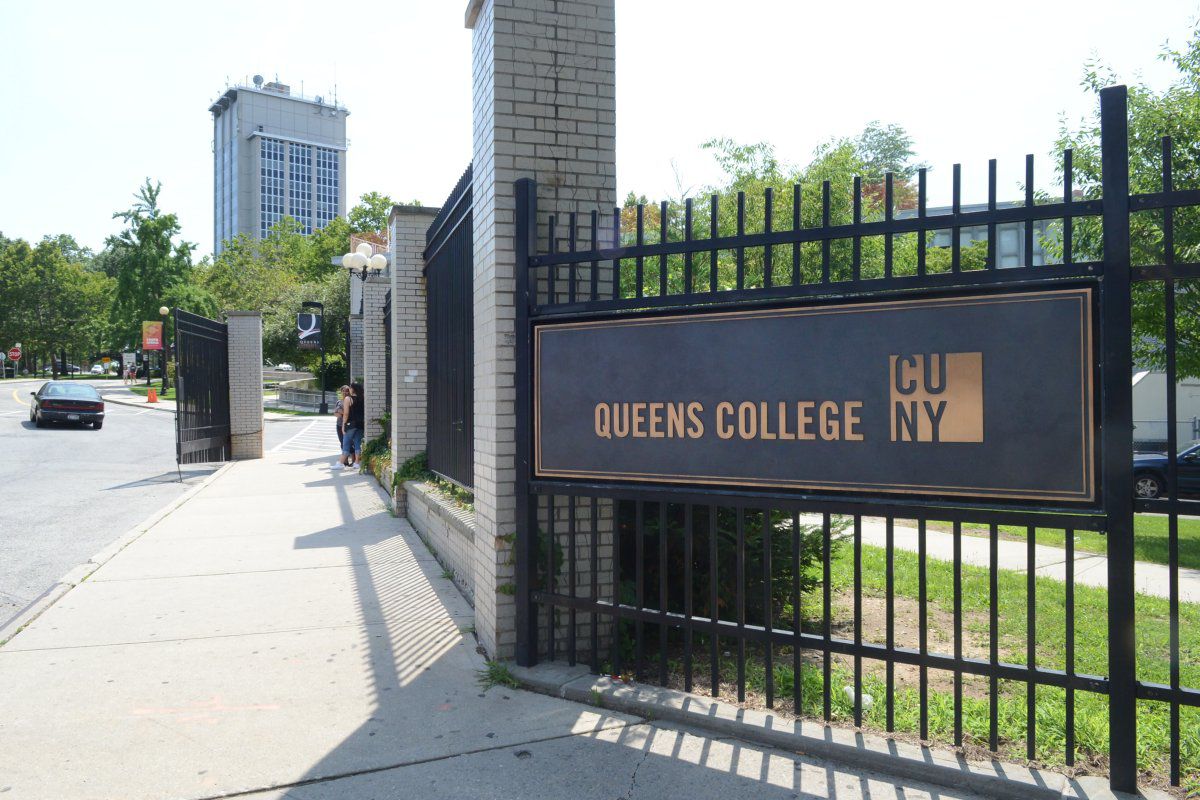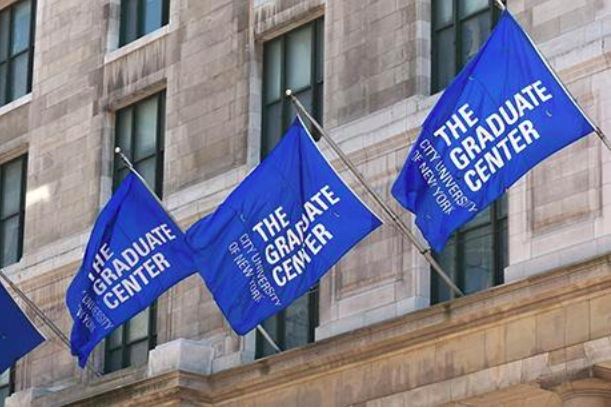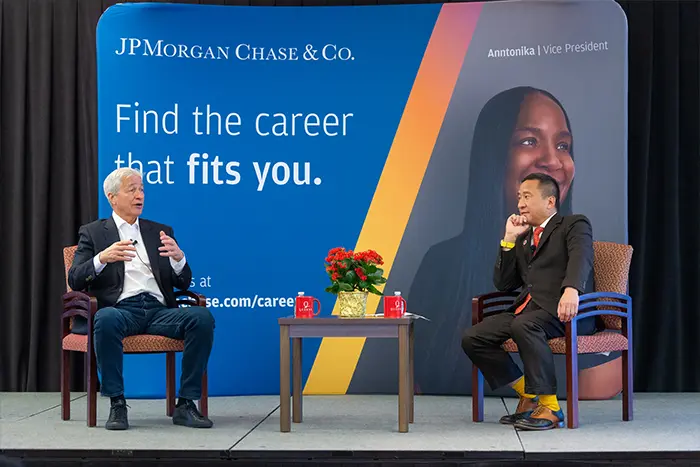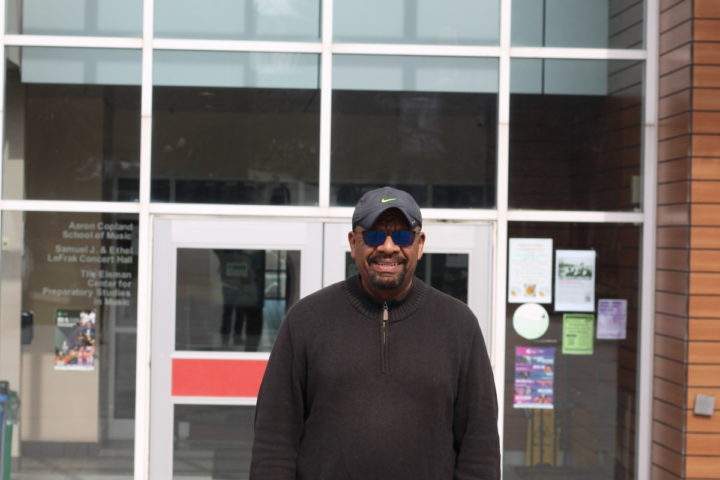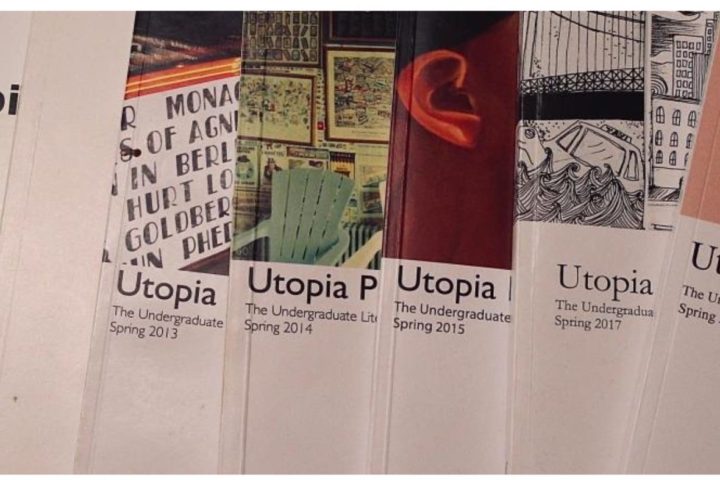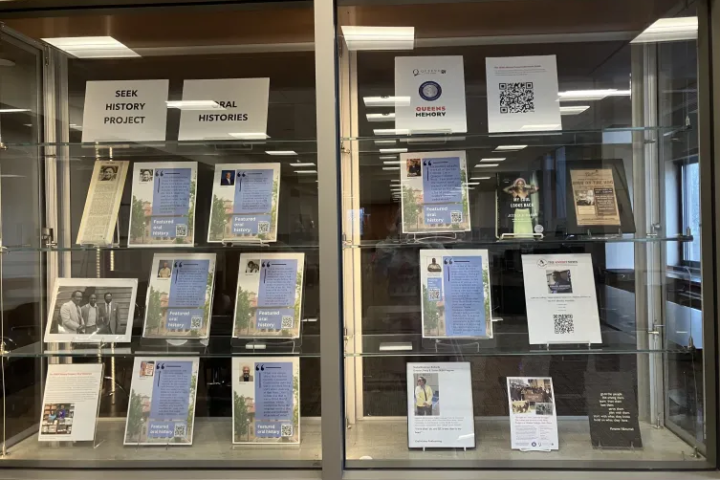On Oct. 2, the Center for Ethnic, Racial and Religious Understanding hosted a student dialogue event regarding the conflict in Syria in the Q-side lounge during Free Hour.
Created in 2009, CERRU is an organization that provides a safe venue for students to share their opinions on controversial topics.
“We do not expect people to agree with each other,” Mark Rosenblum, CERRU director said.“But we do expect people to listen to each other.”
According to Batya Septimus, CERRU’s campus outreach coordinator, the organization trains students to talk about controversial topics — they serve as facilitators during dialogues. These students — referred to as fellows — also determine topics that will be discussed based on student interest. Many wanted to discuss the complex issues surrounding Syria.
“This is a crisis with multiple wars being fought,” Rosenblum said.
The conflict in Syria began with non-violent protests on March 15, 2011 calling for the resignation of President Bashar al-Assad, whose family ruled the nation since 1971. The protests were part of the Arab Spring — a revolutionary movement across the Arab world that had forced many rulers from power.
The Syrian army began using force to suppress protesters in April 2011. Many soldiers began to defect and formed the Free Syrian Army, along with civilian volunteers, to combat the Syrian army. Later that year, an Al Qaeda affiliate, Al-Nusra Front, began coordinating attacks in Syria, most notably its suicide bombings in the Syrian capital of Damascus on Dec. 23.
Although they are an adversary to the Syrian army, they are not allied with the Free Syrian Army. In April 2013, the leader of another Al Qaeda affiliate, Islamic State of Iraq and the Levant, released an audio statement declaring that they would be merging with Al-Nusra Front.
Once Assad had been accused of using chemical weapons on citizens, President Barack Obama set a “red line,” threatening to take action if the use of chemical weapons were continued. After Assad confessed to having chemical weapons, he agreed to surrender them to the United Nations.
With over 115,000 deaths in Syria since 2011 and many factors to consider, students at CERRU’s event demonstrated differing views, though generally united in the idea that U.S. military intervention would be a mistake. Students and professors across campus echoed their sentiments.
“It’s one of those situations where all possibilities are bad,” Michael Krasner, a political science professor said. Instead of military intervention, Krasner stated that “there should be a massive amount of aid to refugees.”
Since the beginning of the civil war, citizens of Syria have fled to neighboring countries such as Jordan, Lebanon and Turkey, in order to escape the violence. Over one million citizens have fled. Lebanon’s economy in particular, is reeling from the influx of refugees. According to the World Bank, Lebanon’s unemployment rate will double to 20 percent by 2014.
Assad’s use of chemical weapons and the response it incurred from the U.S. caused many people to question the differences in weapons and whether one is more inhumane than the other.
“The cause of death is really unpleasant, depending on the kind of chemical,” Stephen Politis, a senior said.
Sarin, the chemical used in the attack in the Damascus suburb of Ghouta, is a colorless, odorless and tasteless nerve agent that disrupts functioning of the nervous system. If exposed in large doses, the victim would begin twitching and jerking involuntarily, eventually leading to paralysis and death.
“We’re barely even out of one war, we don’t need another,” Amanda Leigh, a senior said. “I feel like we’re going down a dangerous road and it will come to be expected of America to jump in every time there’s a problem in the world, and somewhere in the future there will be nobody who will try to help us.”







